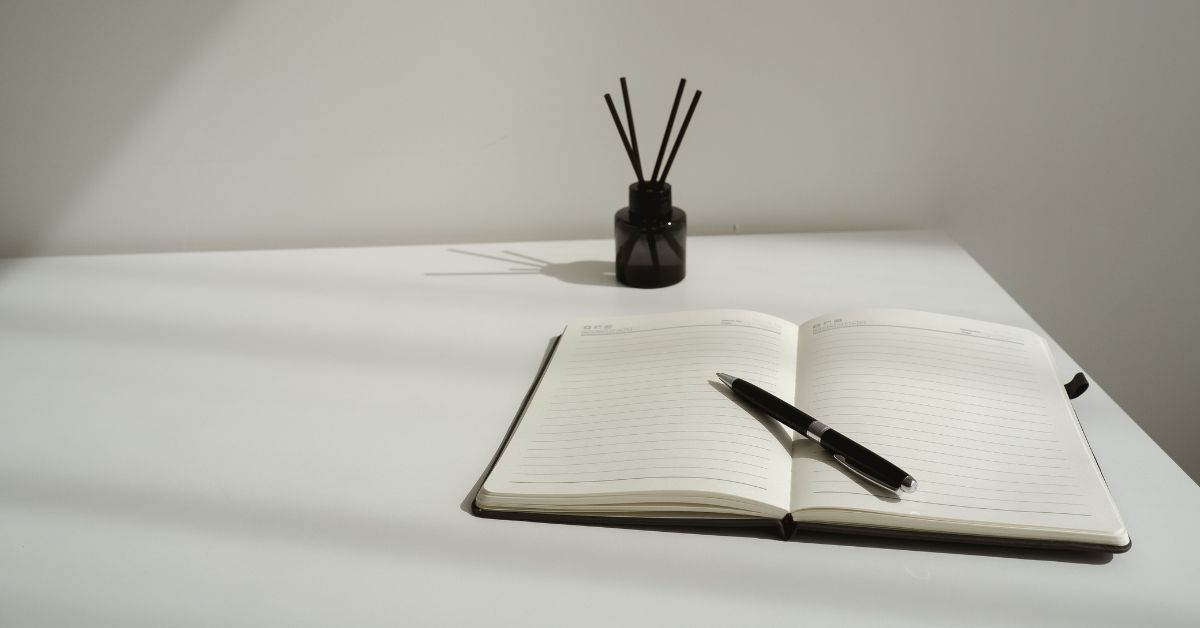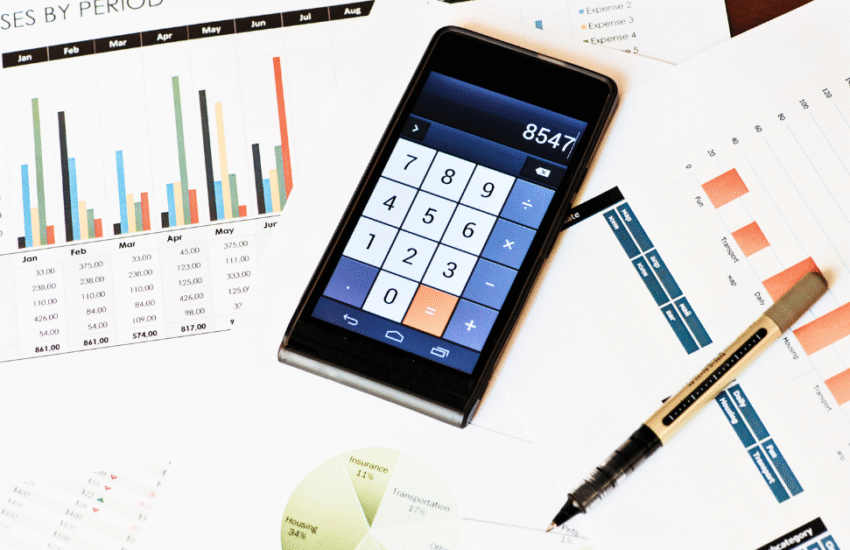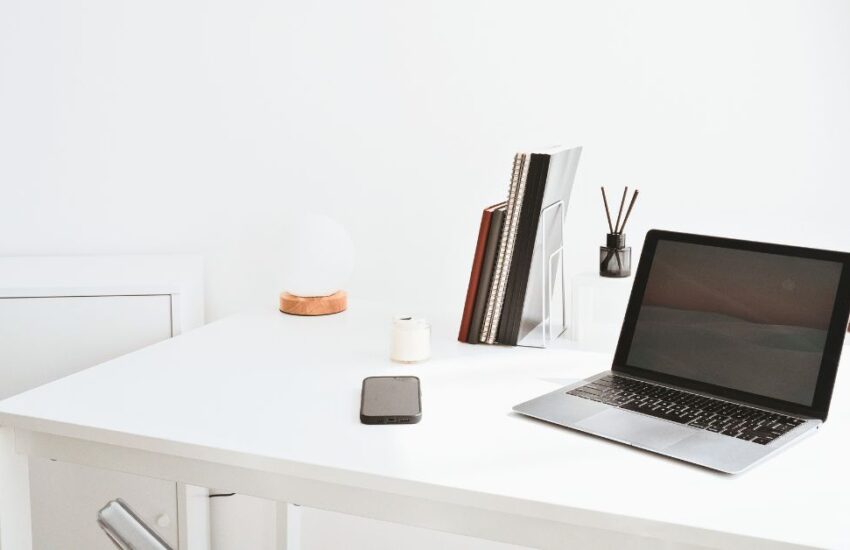How Minimalism Shifted My Mindset on Money and Life
I first stumbled upon minimalism in 2016, just before turning 25. I wasn’t depressed, but I wasn’t in a good place either at the time. I think it was a quiet quarter-life crisis. I liked my job, but I was in debt, constantly stressed and burned out, and quietly wondering if this was really it.
Like many people during a low season, I found myself turning to Google. My search history probably looked something like how to be happy, and that rabbit hole eventually led me to minimalism.
So, what is minimalism?
Minimalism is often misunderstood as owning as little as possible or living a bare, picture-perfect life. But at its core, at least to those I learn from, it’s simply about being intentional with everything in your life. It’s the practice of letting go of what doesn’t add value, whether that’s physical stuff, spending habits, or mental clutter, so you can focus more on what actually matters to you. For me, it became a quiet tool for clarity, especially when life felt overwhelming.
It didn’t magically fix everything in my life, but it helped me see things differently. It gave me tools to rethink my habits, simplify my life, and regain a sense of control, especially during seasons when everything felt heavy.
I know minimalism can sound like a “first world” concept. In fact, it even feels privileged to say I was exploring minimalism as if I had the luxury to choose simplicity. In the Philippines, living with less often isn’t a lifestyle choice. It’s just reality. Some people are trying to put food on the table or find stable work. I’m not ignoring that.
But for me, it didn’t come from a place of abundance. It came from exhaustion. From the quiet, constant pressure to spend, to prove, and to keep up.
And that feeling of burnout and of being stuck? Those are real, even when you’re technically “doing okay.”
How It Started: With My Stuff
At first, minimalism just seemed like a lot of decluttering, but something about it made sense. I began with the most visible things like clothes and shoes I didn’t wear, items I kept “just in case,” notebooks I never used. Little by little, I let them go.
Looking back, I understand why so many people who explore minimalism start with physical stuff. It’s the most visible, and it gives you a quick win by getting that sense of calm, space, and lightness.
What I didn’t expect was how this practice would ripple into every area of my life, especially in the one place I needed it most: my finances.
From Decluttering to Daily Decisions
Minimalism didn’t just change how I handled things. It slowly started changing how I handled choices.
I began to ask better questions. Not just before buying anything, but also before saying yes to plans, hobbies, habits, and financial decisions.
- Does this add value to my life?
- Is this aligned with the kind of life I want to build?
- Will I still want this next week or next year?
That mindset helped me make smarter decisions without guilt. I stopped feeling pressured to say yes to every get-together, buy into every sale or trend, or jump into hobbies just because everyone else was doing them.
Slow, quiet joys became enough for me. Staying at home, reading a book, listening to music, and rewatching old favorites. I started saying no to things that drained me, even if they looked “cool” on Instagram.
Minimalism Isn’t a Luxury, but a Mindset Shift
When we hear “minimalism,” we often picture white spaces, designer homes, or people who can afford to throw things away and buy better versions. That’s not the version I follow.
For me, minimalism was simply about being more intentional. Asking:
- Do I really need this?
- Can I work with what I already have?
- Is this helping or holding me back?
That mindset helped me find contentment in having enough, cut emotional spending, and find peace in small, quiet choices, while slowly building toward the life and future I want.
Minimalism Helped Me Simplify My Finances
One of the biggest and most practical ripple effects was how I started managing my money.
Before, my setup was messy. I had multiple bank accounts, lots of credit cards, overlapping apps, and subscriptions I barely used. It looked like I had it together, but it felt noisy and overwhelming.
The minimalist mindset helped me zoom out and ask: What’s actually working here and what’s just adding friction?
- I slowly streamlined my financial system.
- I cancelled what I didn’t need.
- I set up a needs/wants system that’s simple but solid.
- I focused only on the tools, accounts, and habits that support how I live and earn.
Now, my finances are easier to track, less stressful to maintain, and more aligned with my goals.
(If you want to see how I simplified my setup, I wrote about it in this post.)
How Minimalism Helps You Live Frugally
Here are just a few ways minimalism supports frugal living without feeling restrictive:
1. You spend with purpose, not pressure.
You stop buying just to reward yourself or cope with stress. You start asking better questions before checking out your cart.
2. You value quality over quantity.
Whether it’s a gadget, a meal out, or a work tool, minimalism helps you buy less often, but better.
3. You reduce recurring expenses.
From unused subscriptions to digital clutter, you free up cash and headspace by keeping only what’s essential.
4. You apply it to your time, too.
Minimalism isn’t just about money. It’s also about protecting your time, energy, and focus. This is especially important for freelancers juggling multiple roles.
5. You stay grounded during income highs and lows.
When you’re used to living with enough, you’re better prepared for inconsistent income months because your needs are clear and your lifestyle isn’t inflated.
A Real-Life Example: Me
I used to reward myself with mini shopping hauls. It didn’t feel like much until I started tracking my expenses. I barely remember most of the things I bought.
I have a rule before any non-essential purchase. For online shopping, I only check out my cart once a month. That gap gives me time to really decide. Nine times out of ten, I lose interest. And when I do buy something? I appreciate it so much more.
For physical shopping, like at the mall, I do the same thing. If I want something, I circle around first, or better yet, come back another day. If the item’s still there and I still want it, then I buy it. But honestly, I usually lose interest right away.
I’ve gotten really good at practicing delayed gratification, especially now that I have a clear financial goal I’m working toward.
Minimalism also helped me pause before jumping into hobbies. It made me ask: Am I doing this because I enjoy it, or am I just pressured to do it?
Over time, those little shifts added up to thousands of pesos saved and a much clearer sense of what I value.
It’s Not About Having Less, It’s About Needing Less
Minimalism isn’t about deprivation. It’s not about counting every item you own (though I did try it at one point) or cutting out fun altogether. It’s about being intentional with what you let into your life, your space, your time, your wallet, your heart. It’s about discovering what you truly value and letting go of what no longer serves you.
That mindset helped me build a more frugal lifestyle that doesn’t feel like a sacrifice. And for a freelancer like me working with variable income and long-term financial goals, that’s a powerful tool.
You don’t have to go extreme. Just start with one drawer. One spending habit. One subscription. One decision.
Minimalism is choosing intention over impulse. It’s finding peace in what you already have. And most of all, it’s creating a lifestyle that feels sustainable, not stressful.
Because sometimes, the best way to build more… is to need less.
Have a question or just want to connect? Feel free to send me an email or follow along on Instagram @virtualtita. Let’s talk freelancing, personal finance, or anything in between. And if you’d like tips and stories delivered straight to your inbox, sign up for the newsletter below.



